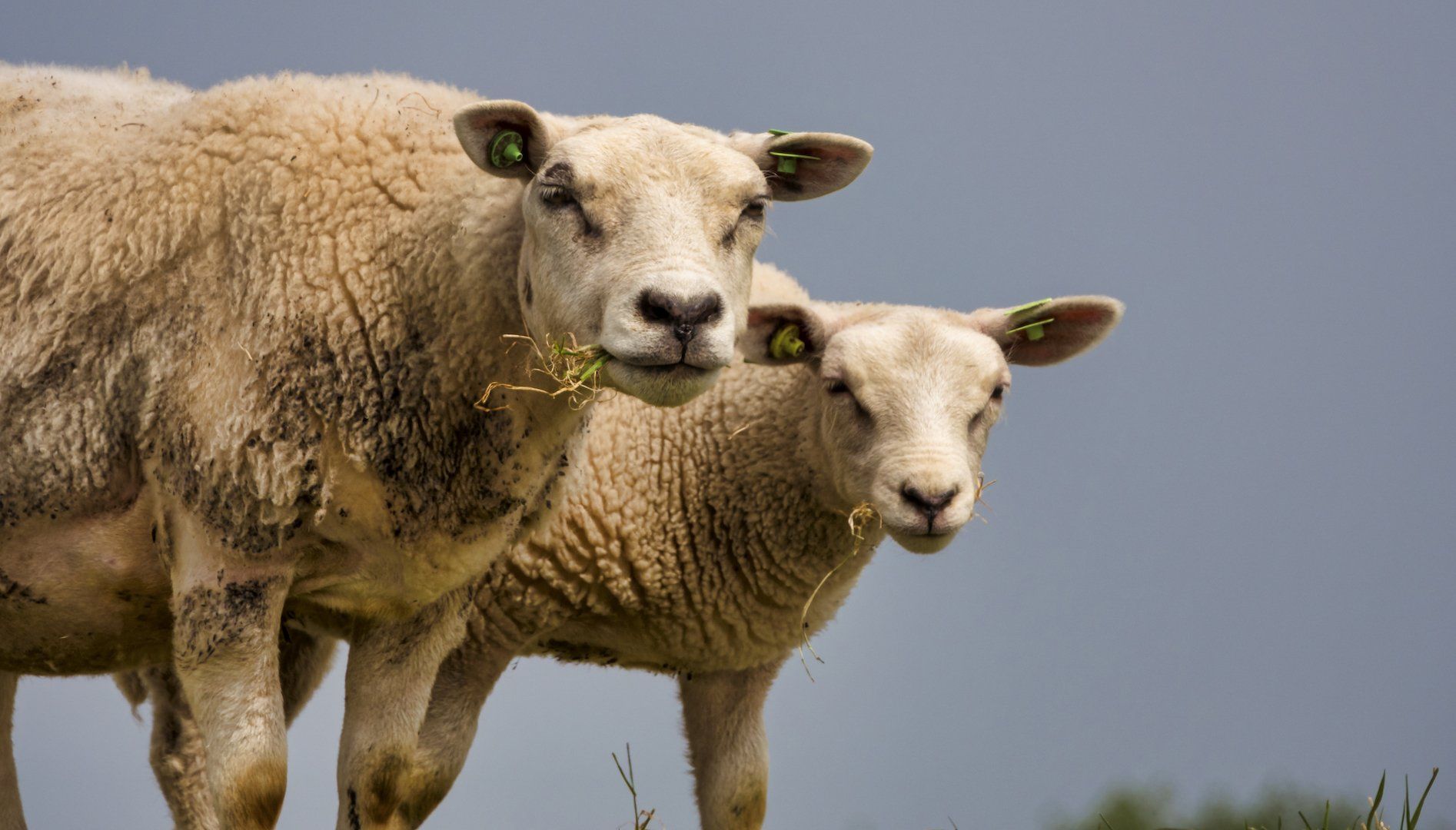The Science Behind Wildfires
By William Huang
On Friday night, a small 1 square mile fire began in California’s Klamath National Forest. By Saturday, this wildfire, dubbed the Mckinney Fire, exploded to cover as much as 62 square miles, the equivalent of 1116 football fields.
To Californians, wildfire news is nothing new. In fact, this wildfire season is mild in comparison to last season’s, according to the Sacramento Bee. However, this is nothing to celebrate. Recent history suggests many of California’s biggest and most devastating infernos are prone to start in August or later. As such, it is important to educate ourselves on wildfires to ensure a unified response for future fires, as well as mitigate wildfires as global temperatures continue to rise.

Image Credit: https://www.nbcnews.com/news/us-news/wildfires-california-montana-explode-overnight-windy-hot-conditions-rcna40805
Fires can start within seconds. A mere spark or heat from the sun alone has the capability to set off a wildfire as it consumes nearby vegetation and everything else in its path. Everything has a temperature at which it will ignite. This temperature is coined the flash point. Wood has a flash point of 572 degrees Fahrenheit. At this temperature, wood will begin releasing hydrocarbon gases that mix with the oxygen in the air, combusting and causing a fire. The strength of the fire depends on the fire triangle, a term representing the 3 pillars for ignition and combustion to occur: fuel, air, and a heat source. A firefighter’s main priority is to remove one of these pillars to extinguish the fire.
The amount of flammable material around the fire, also known as the fuel load, plays a huge role in the size of the fire. When the fuel load is dry, the fire spreads much faster and is more difficult to contain. Smally fuel materials, otherwise known as flashy fuels (dry grass, pine needles, dry leaves, other dead brush), burn faster than large stumps. During a wildfire, the main factor for ignition time is the surface area/volume ratio. For example, a tree’s surface area is much larger than its volume, so it needs more time to heat up before igniting. When the fuel load is more spaced out, it is easier to ignite, an idea that is rather counterintuitive. This is because more tightly-packed fuels also retain more moisture.
Another extremely important factor is weather. As mentioned before, temperature affects the sparking of wildfires, because heat is one of the three pillars of the fire triangle. The sticks, trees and underbrush on the ground receive heat from the sun, which heats and dries potential fuels. Warmer temperatures allow for fuels to ignite and burn faster, adding to the rate at which a wildfire spreads. For this reason, wildfires tend to rage in the afternoon, when temperatures are at their hottest. Wind also has an impact on a wildfire's behavior, as it supplies the fire with additional oxygen, further drying potential fuel and pushing the fire across the land at a faster rate. Finally, moisture can slow a fire down and reduce its intensity. Potential fuels can be hard to ignite if they have high levels of moisture, because the moisture absorbs the fire's heat. When the humidity is low, wildfires are more likely to start. The higher the humidity, the less likely the fuel is to dry and ignite.
Although the environment can play a large role in the ignition and persistence of a fire, humans are often equally responsible. In fact, the majority of fires are caused by human carelessness; Campfires, arson, improperly burning debris, discarding cigarettes, playing with matches, and prescribed fires are all examples.

Image Credit:
https://www.nps.gov/articles/wildfire-causes-and-evaluation.htm
Citations:
https://www.sacbee.com/news/california/fires/article263609393.html
Image: NBC News
All Rights Reserved | Safe Covid-19 Relief Engineerning



